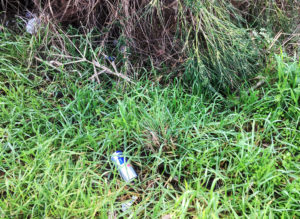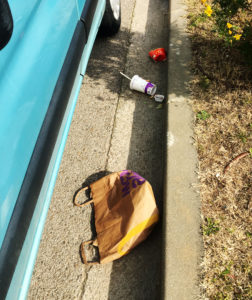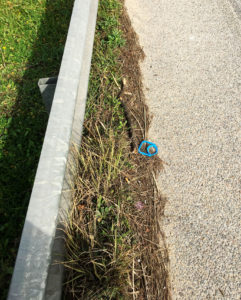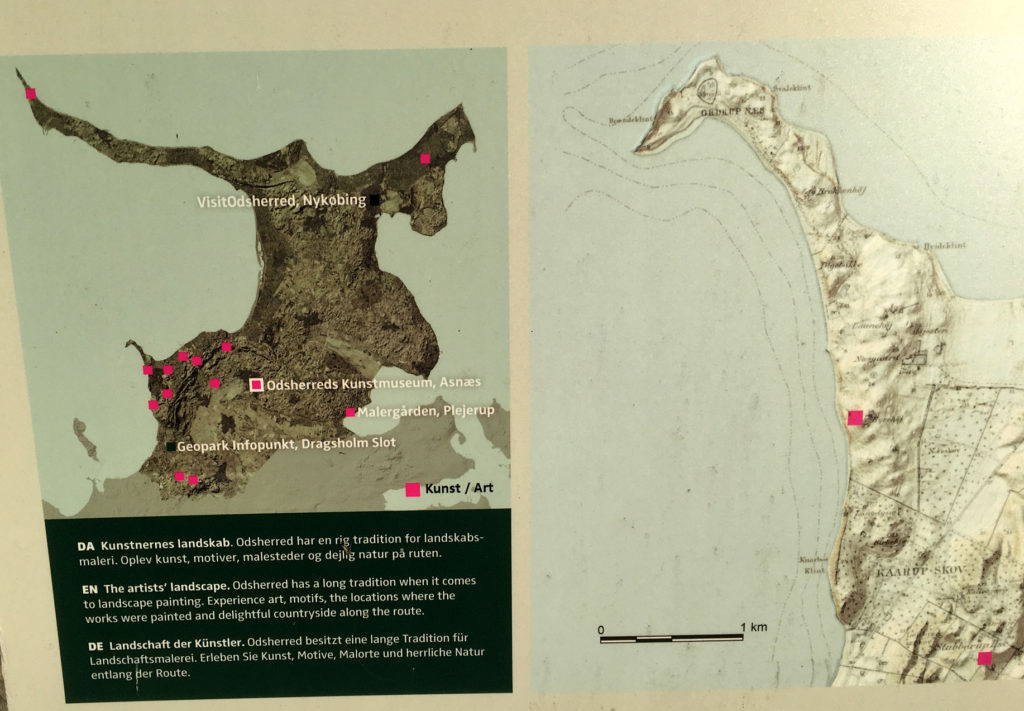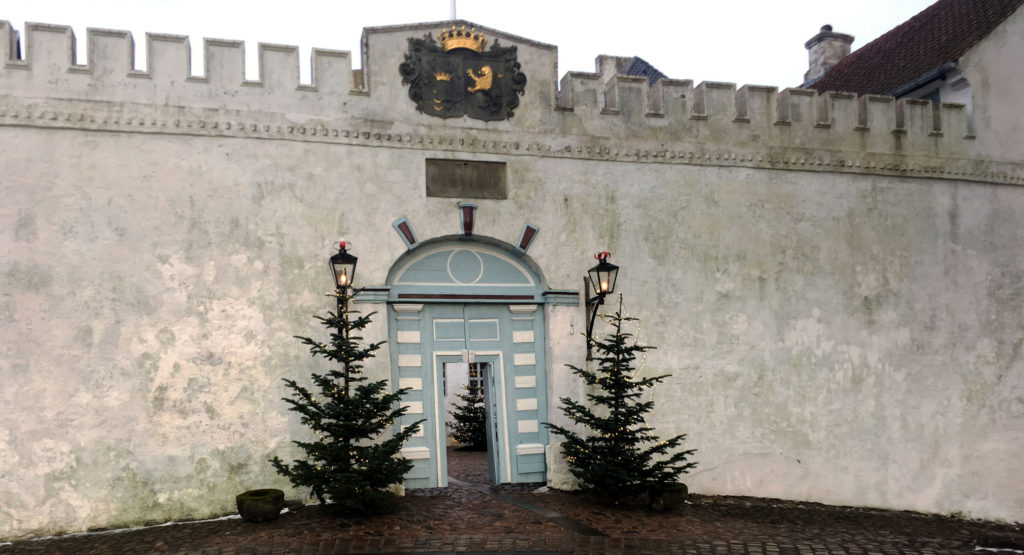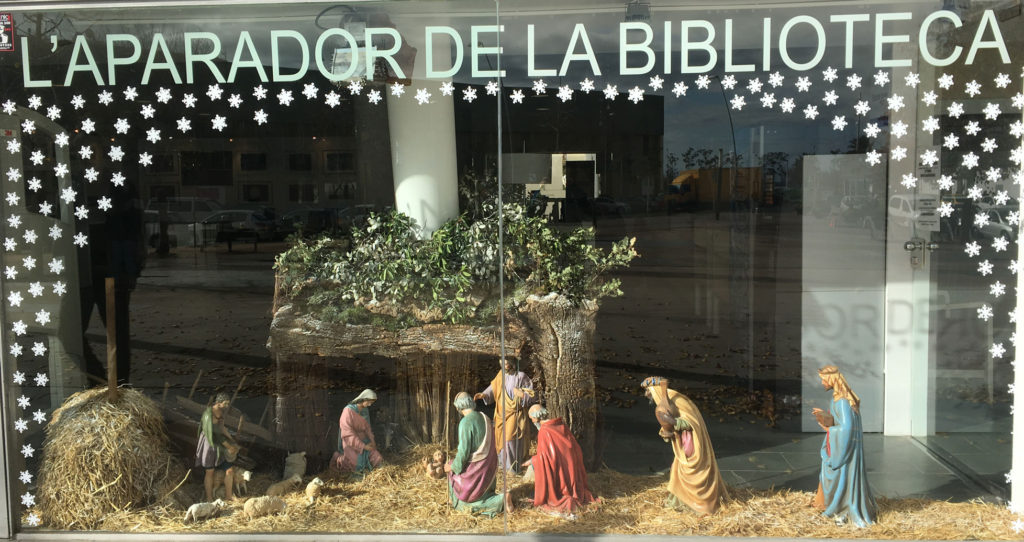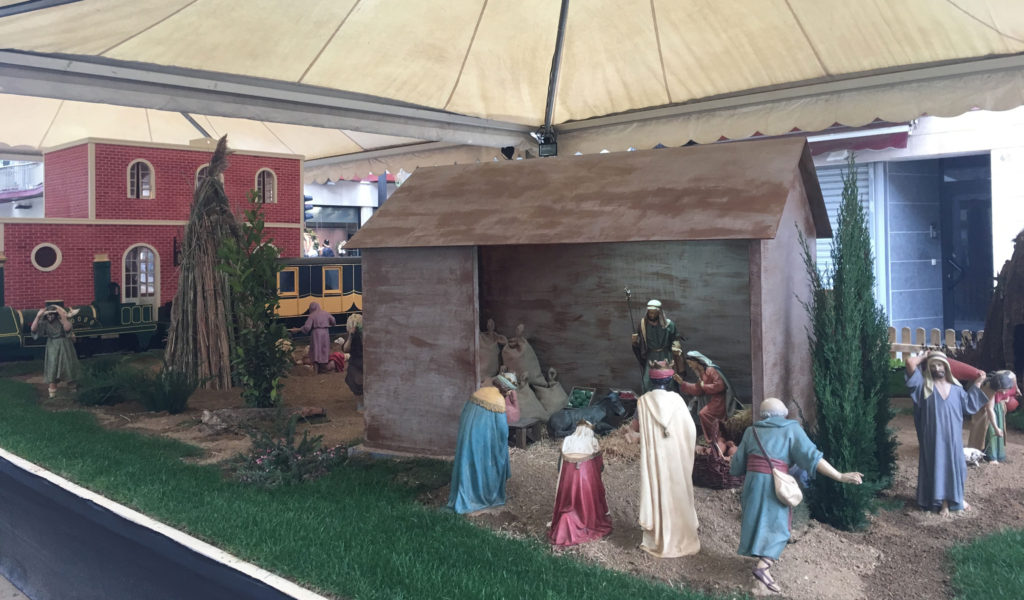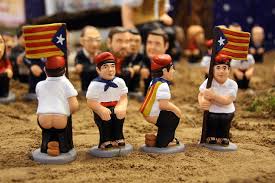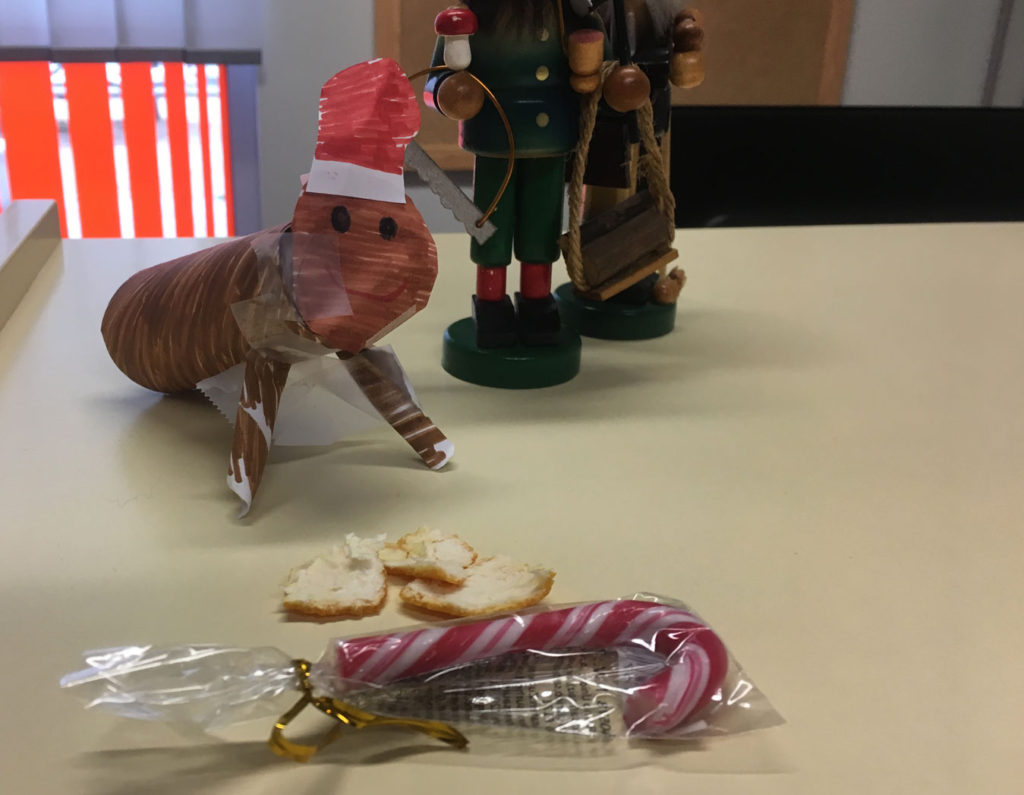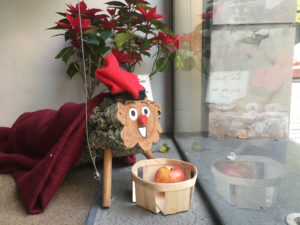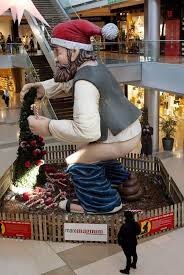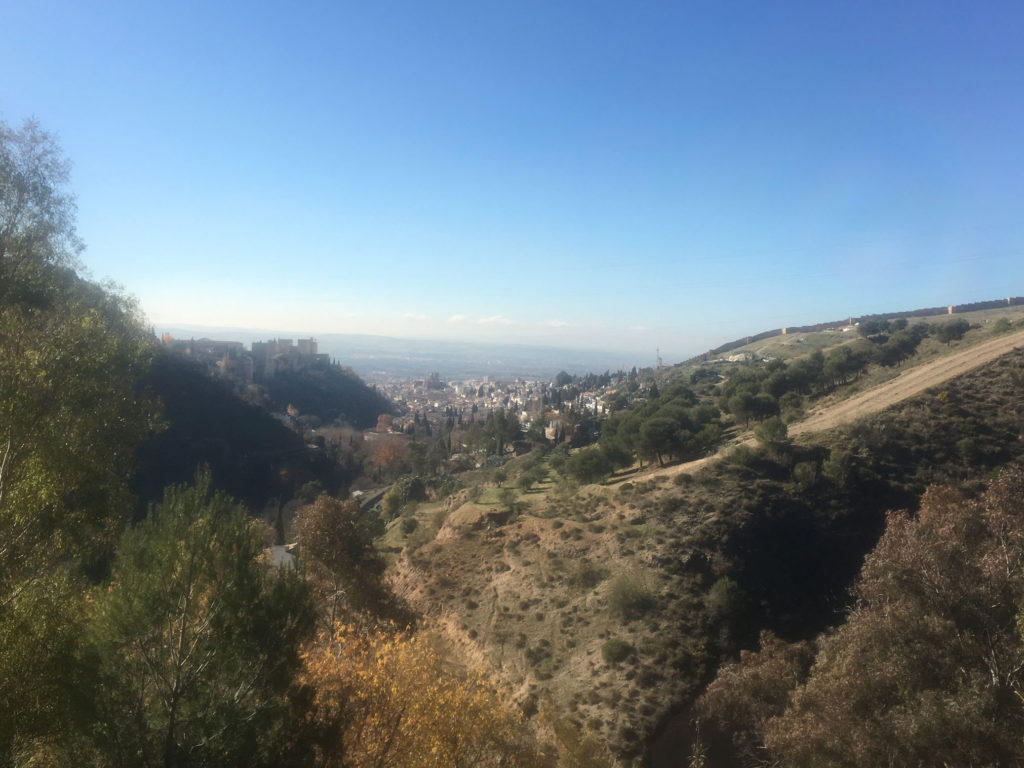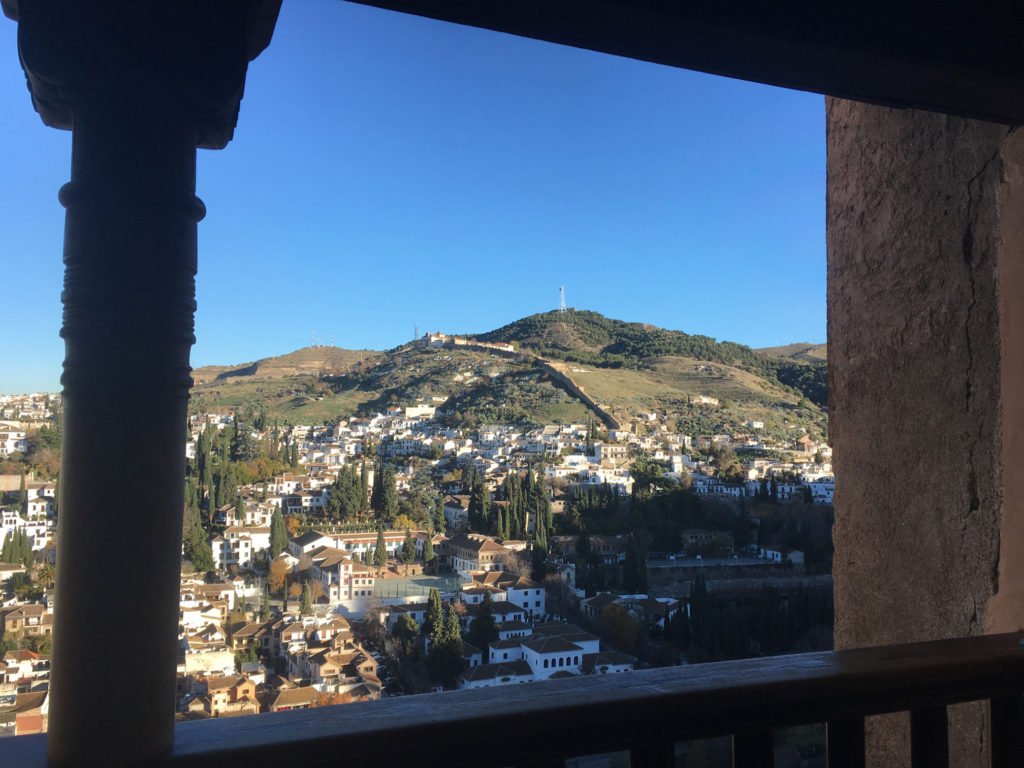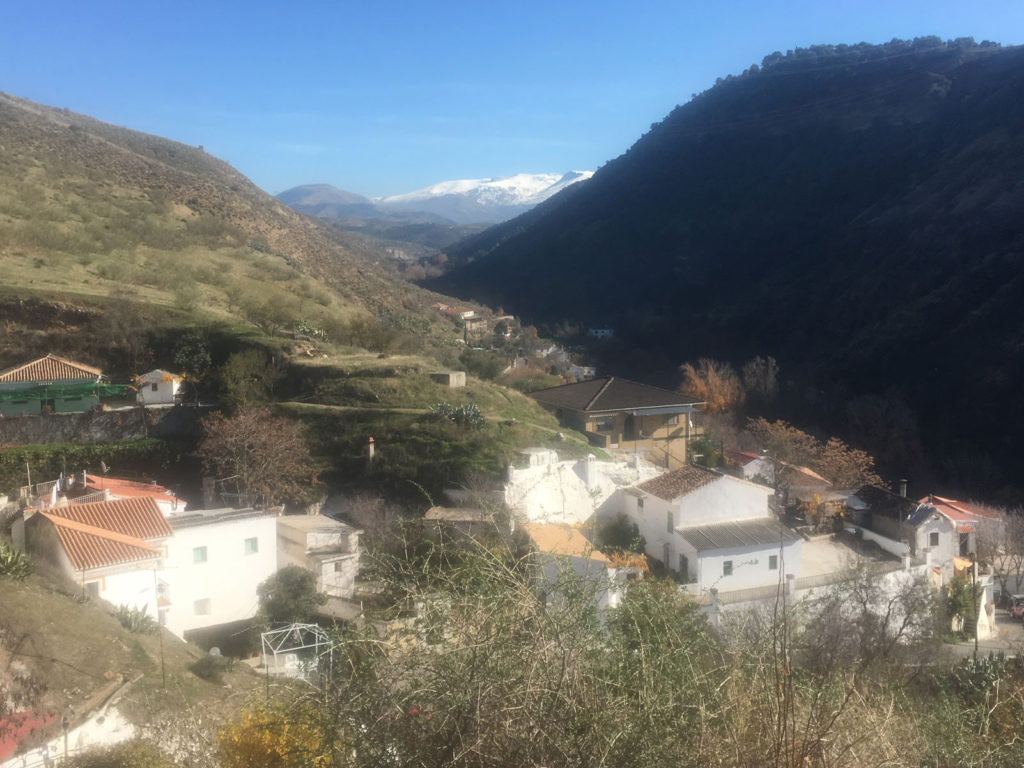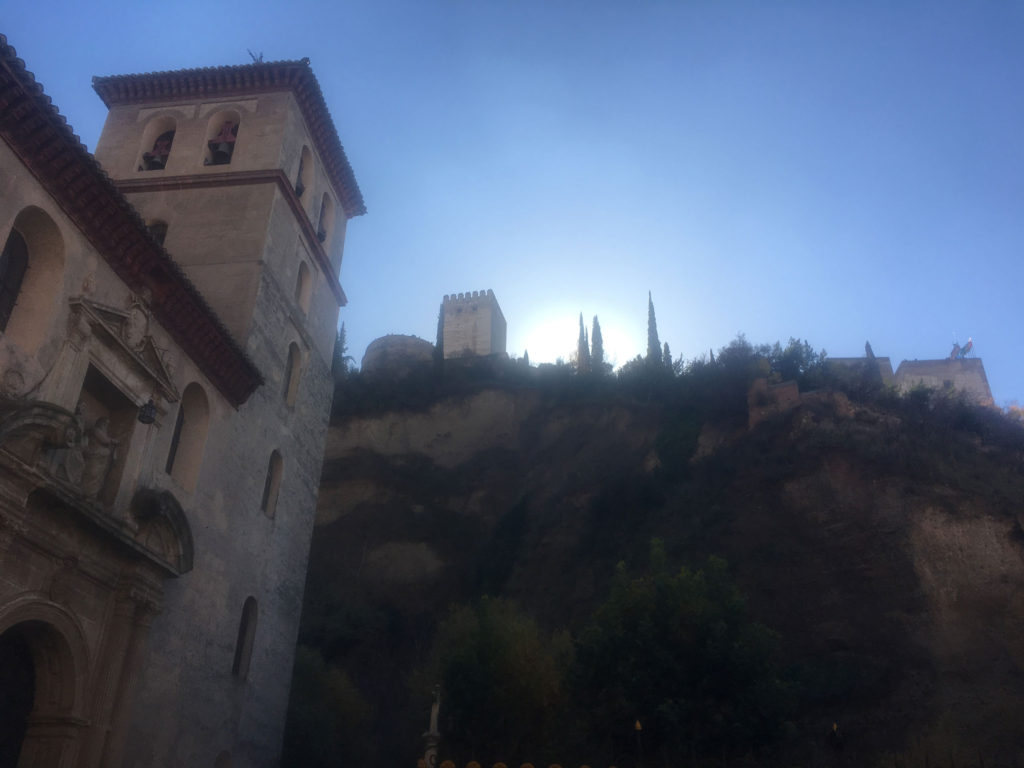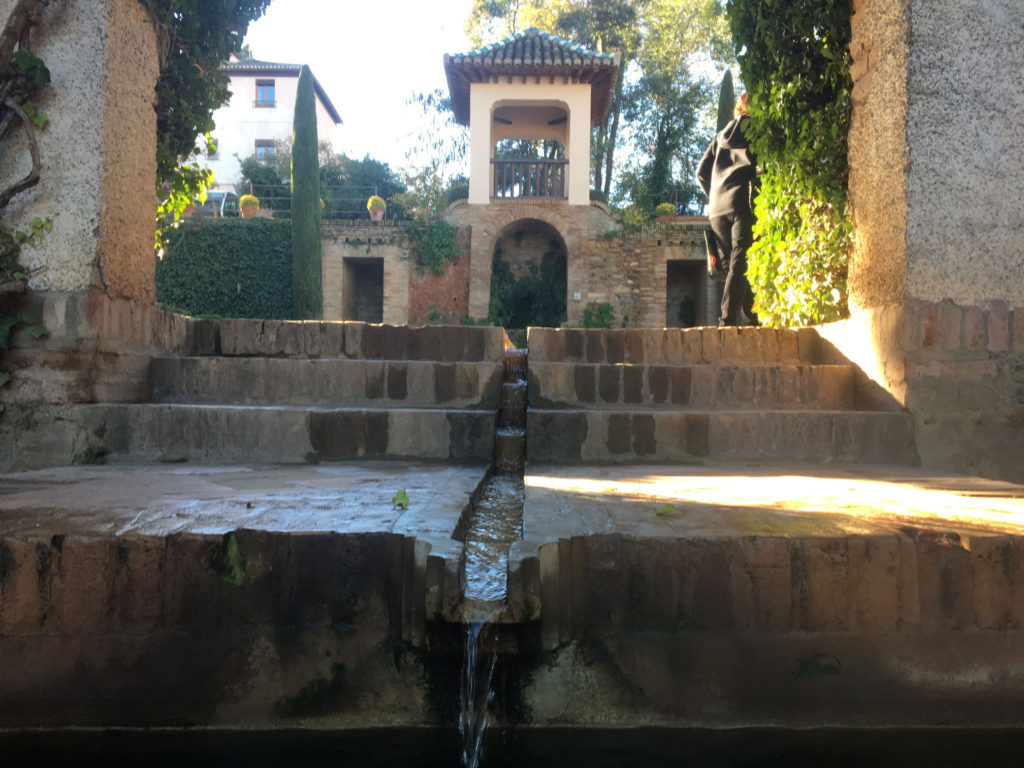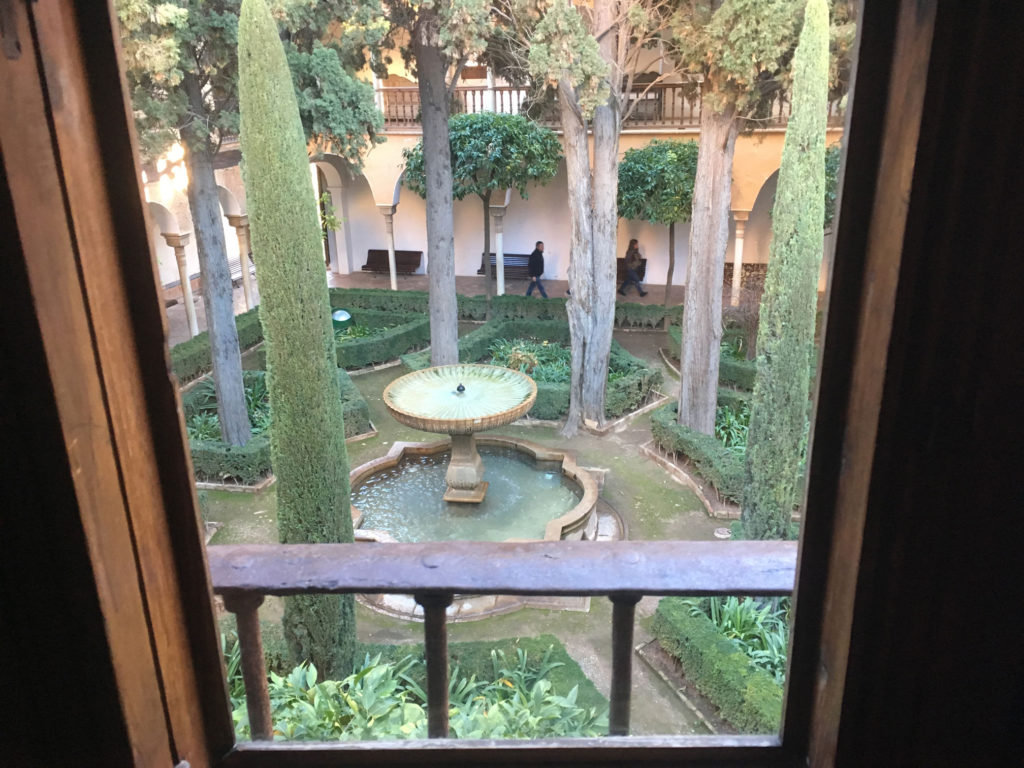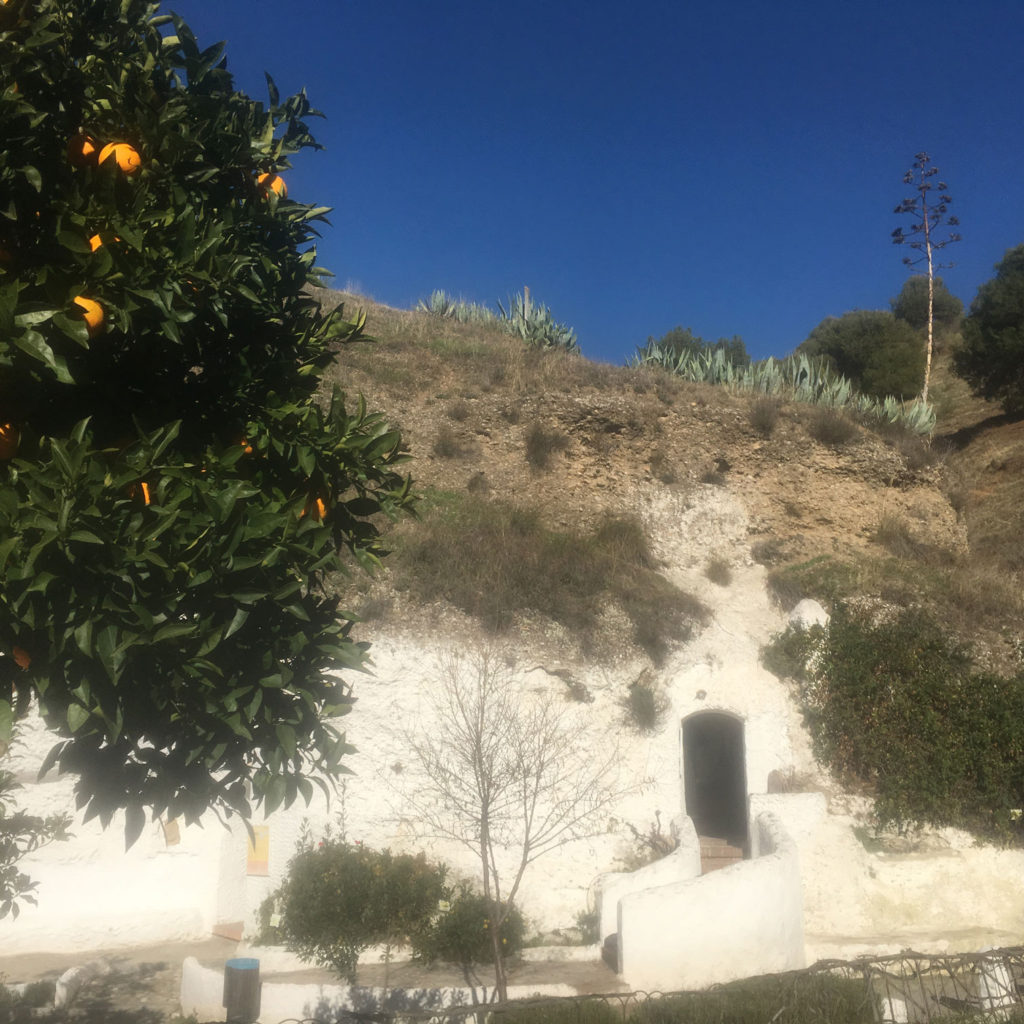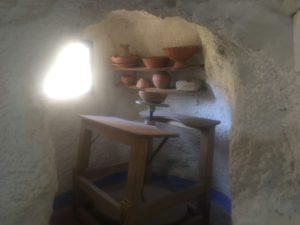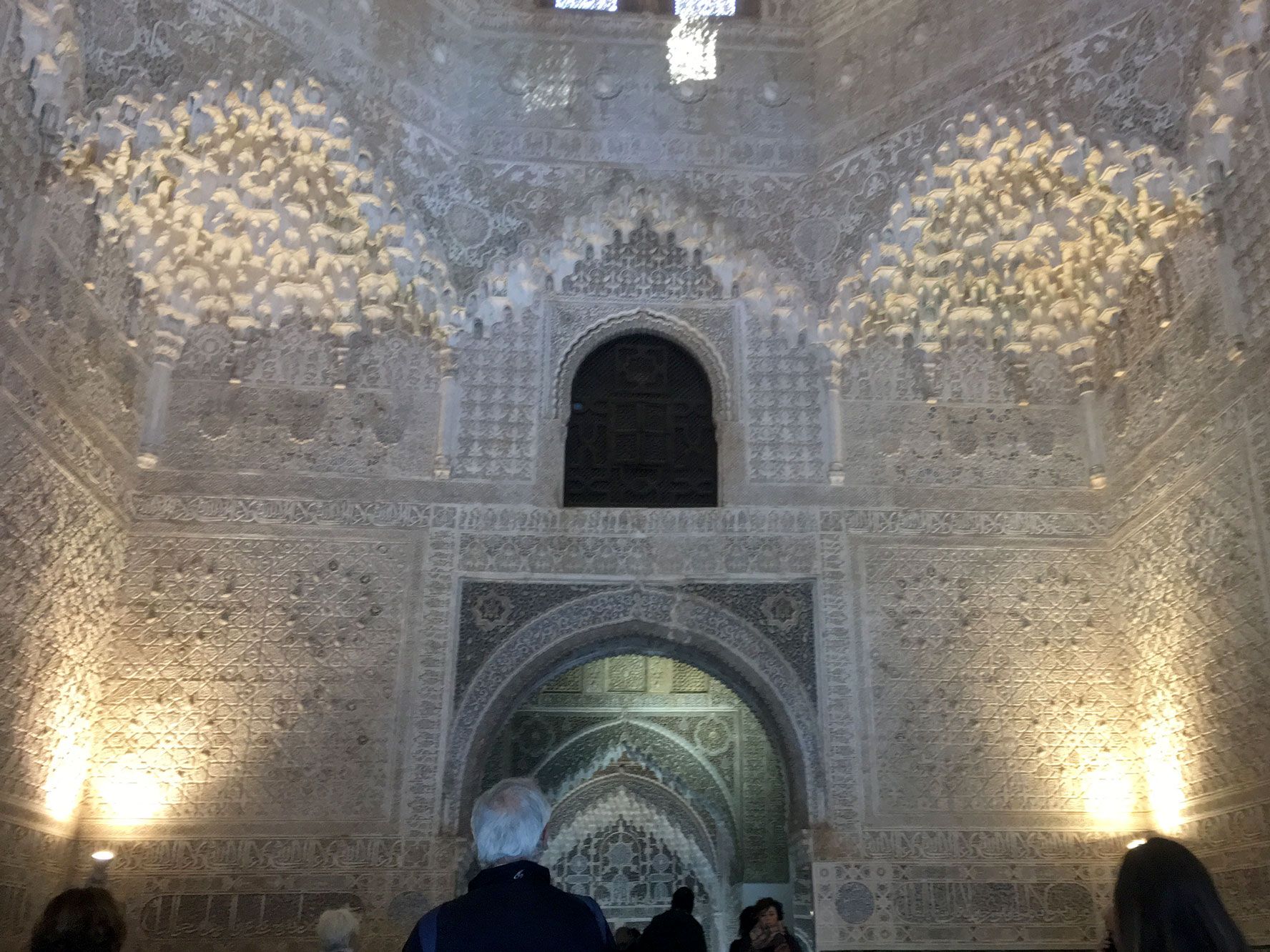Oh, darn. We live in interesting times. Like all of us plugged in to the internet I receive international news and views and I struggle to digest the world’s currents and tides. While history is marked up for a hefty new chapter, I live my peaceful Spanish existence in my little flat on the Costa Brava and mull over my small preoccupations. I’ve got a few things to consider. Like when I’m walking home from work I can’t help but notice how humans feel about their habitat. Respect isn’t the word.
As I walk, I sometimes listen to narrated books. Currently I’m listening to Scott Aiello read a pretty tough book called Getting to Green by Frederic C. Rich. It’s been Getting Me Down. (I’m doing it so you don’t have to.)
Fredric C. Rich thinks the Green movement has failed on a number of fronts, particularly on preventing Climate Change, and they ought to do better. He’s got some ideas.
The book holds many delights, the historical perspective, for one. Republican Teddy Roosevelt’s heart-felt belief that at least some of the Nation’s assets lay in lands and waters that needed protection for future generations (ie conservation AND capitalism). This philosophy is alive and well in successful Land Conservation Trusts where grassroots folk around the world have saved beloved pieces of land, even if those lands remain in private hands – not part of Government.
Democrat Lyndon B. Johnson was famous for his Natural Beauty Message; ‘For centuries, Americans have drawn strength and inspiration from the beauty of our country.’
Surprisingly, Republicans used to be proud of their deep and loving relationship with the land that is America. And it was Richard Nixon who established the much maligned EPA.
<iframe width=”560″ height=”315″ src=”https://www.youtube.com/embed/Qd4LJcSz8Vk?rel=0″ frameborder=”0″ allowfullscreen></iframe>
Back in the sixties, when Rachel Carson sounded the alarm, rivers were burning. Air was unbreathable. Birds were falling out of the sky. You could see the problem. Industry was rampantly careless about their waste. Nixon’s admin had to act because that’s what everyone wanted. Twenty million people marched on the first Earth Day in 1970 and extensive clean-up programs sprang into being.
Today’s problems are fuzzy. You can’t see the climate change. Environmentalists turn into communist the-end-is-nigh-fearmongers. It snows when Obama worries about global warming. George Marshall calls climate change the Wicked Problem. Unless you happen to be in the way of one of those worst storms ever seen. Even then you’re only going to want to get straight back to normal, not cope with terrifying scientific mumbo-jumbo.
Please note Getting to Green’s subtitle; Saving Nature; a Bipartisan Solution. Okay. I’m all for getting to Green. I’d even like to save Nature. But, can we talk about this Bipartisan thing? Mr Rich describes the Great Estrangement (abyss) between the Republican Party and the Democrats. He’s not alone in noticing this, of course. The Guardian talks about The Age of Anger. The magnificent Van Jones tries to listen to the opposition. George Monbiot pulls the curtain aside to reveal the gold paying the piper. Someone’s comments lead me to watch George Lakoff talking about framing. Speaking to a clearly Democrat audience, Lakoff looks at political dualism in terms of the American Family; the strict father vs the nurturing parent. The Democrats want all the nuturing for themselves. The strict father believes in tough love. If the kids can’t succeed on their own, tough. And the GOP want the message out there, training leaders and getting Think Tanks organised. A lot.
When I was at university in New Zealand we joined protests about apartheid in South Africa. Hundreds of miles away, the plight of Africans captured our compassion. But the opposition, in government, community and student flats, wanted the chance to watch a good game of rugby. The rights of the individual sports fan against the rights of the many oppressed. Either/or. Versus. Wrong against Right. Left against Right. Communists against Capitalists.
Mr Rich thinks the Greens need to pull in their heads regarding negative comments about capitalism. The NSW Greens of Australia are struggling with this emotive debate right now. Mr Rich fears Naomi Klein is not helping matters. Mr Rich worries some Deep Green thinkers would even like nature to overwhelm humans. (Hmmmm … ) If only it were this simple.
When I did economics at school I was a bad student. I worked hard to disrupt the class and annoy the teacher. But she persevered and I think I remember learning something about cycles. (This may have been Biology?) However, to persevere, does not an industry grow from a seed? If looked after, it may prosper and live a long and happy life. It sustains itself and the humans that work within. For a time. If it is sustainable. If not, it withers and dies. Like a rock and roll band. (Shit, maybe it was music?)
Clearly there’s a few nuances I missed because I don’t understand how capitalism can keep propping up coal power stations. Visibly polluting, getting older and not part of a clean energy future, how can capitalists possibly back coal? Is not capitalism about buying low, encouraging start-up and making the most of growth? Van Jones’s book, The Green Collar Economy, points out just how many valuable jobs could arise from forward thinking business minds. Corporate, capitalist interests are supposedly represented by the right, the GOP. But, it seems the Republicans’ big ol’ Tea Party is a little out of control. The heavy-weight CEOs now in charge have tremendous power. They can do anything they like. They can even change the rules to get more power! To what end? Interesting times indeed.
To my mind, this Estrangement is not only about two parties. It’s also about the missing middle. That’s three sides. At least. A bipartisan schism would be an obvious diagnosis if everyone voted and there were only two parties. 9% of enrolled Australians didn’t turn up to the latest election and it’s compulsory to vote in Australia. In the UK 72.2% of voters turned out to chose whether to stay or leave the European Union, missing over a quarter of the eligible voting population. In the States, only 55% of the population turned up. What was the other 45% thinking? There’s obviously more than two sides to every story. Maybe there are fifty shades of red? Blue? Purple? Green? Sounds like a bruise, doesn’t it.
At the risk of sounding naive, what if we act like King Arthur and bring in a Round Table? Instead of the oppositional parliamentary system Australia and NZ inherited from Britain, what about everyone coming to the table with no head? What if parliament was reconfigured (the UN is a semi-circle – that’s a start) and representatives worked together to solve problems? What if there was no dualism but only folk bringing information to help find effective solutions for the greatest number of people?
The Gandhi Experiment is a new initiative for Peace. Does a debate need cutting, slashing argument? Winner takes all? Or could teams work, not in opposition, but together, towards a solution?
There is one sure way of uniting people. Bring in a common enemy. When the new administration in the USA threatened to sell off 3.3 million acres of public land, environmentalists were joined by hunters and fishers who fiercely lobbied to protect their common lands.
Can you imagine caring for your local lands so much you’d fight for them? Clean them up? Enjoy their beauty? Regard them as a Natural Asset? Guess I might just have to get involved. Suppose I could take along a rubbish bag and some gloves on my next walk home. Big job. Someone’s got to do it. Take a look at Walkers Against Waste. I think it’s up to us. It’d be easier with friends, of course. I’d better find some like-minded people!
Finally, in case you haven’t seen Valarie Kaur yet, can you imagine the light at the end of the tunnel?
https://www.sikhnet.com/news/video-valarie-kaur-delivers-rousing-speech-church
(All three of these links are to a speech delivered by Valarie Kaur. I hope it works for you.)





